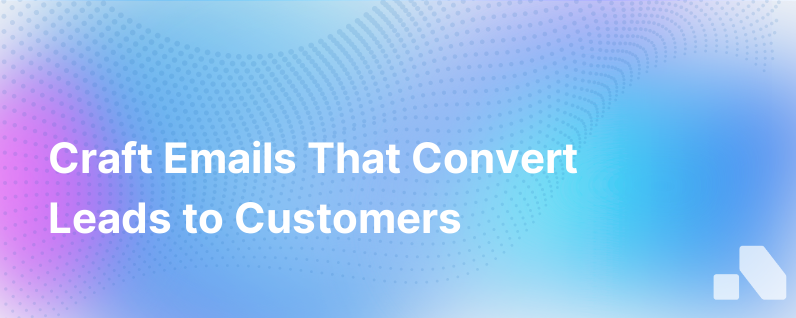
So much has been written about the impact of generative AI on outbound sales, and for good reason. With an API call, anyone can turn the data gathering dust in their sales enrichment software into personalized messages.
The premise is simple: referencing a lead’s personal details, such as their recent promotion or a shared alma mater, helps win their attention. Signaling that you’ve spent time learning about them before writing a cold email sets you apart from the hundreds of sellers in their inbox dashing off hundreds of generic messages per day.
While this technology might seem like it solves a massive problem for sellers — how to write better cold emails, faster — it also introduces a major tradeoff. As Sales Introvert Kyle Asay writes, “It’s never been easier to personalize outreach, so it’s never been harder to stand out.”
Now, every lazy seller can accomplish what a hard working seller would achieve in a small fraction of the time. The problem is that because everyone has access to the same data (it’s on the internet, after all), anyone can write a personalized message without actually doing the work.
Buyers have caught on. Starting last year, cold email reply rates measured by Belkins have dropped over 30% year-over-year and are showing no signs of rebounding.

What are sellers supposed to do to cut through the noise? Both personalization and relevance are needed to stand out.
What is “relevance” anyway?
It’s a good question - what do we mean when we talk about message relevance? In short, relevance answers the question of “why are you reaching out to this person?” And simply saying “Hi {{Name}}, I’m reaching out because I saw you are {{My ICP}} at {{My Account}}” doesn’t cut it.
You need to be able to tell your reader why they should be interested in talking to you specifically about solving a problem they have right now. A well-crafted message that nails each essential component of relevance – problem, person and timing – communicates to buyers that it’s worth their while to engage and take a meeting.
From a seller’s perspective, relevancy also has its benefits. People who engage with relevant emails are more likely to have high intent to buy and convert. Time is precious to sellers and every minute spent with buyers who respond positively to a hyper-relevant email is almost certainly going to yield high ROI.
If you can do this effectively, you’ll be ahead of 95% of sellers out there.
So, how do you write a hyper-relevant message?
The basic formula is pretty simple and all the rules of a great cold outreach message still apply.
-
Be problem-centric
- Your first line should communicate clearly what problem you’re here to solve. Tie this message to a specific event or data point. For example: “I saw your CEO announce {{New Product Line}}. Launching a new product in a rapidly evolving market without a solid GTM plan can cost millions of dollars. Most companies in {{Account’s Industry}} don’t have the data they need to build a GTM strategy.”
-
Propose a specific solution
- Next, demonstrate why your recipient should why to talk to you about this problem: “{{My Product}} provides a single pane of glass across sales, marketing and product data, giving {{Role}} like you the data they need to make decisions confidently when {{Other Solution}} is too siloed.”
-
Convert
- There’s no rocket science here, just get a meeting: “Let me know if you want to learn more. Also here’s a video demo in case you’re interested.”
The hard part is that in order to truly stand out and get the attention of a decision-maker within your account, you need to bring a point of view about how to solve their problem. This means you need to understand their business in depth, be extremely knowledgeable about your product and its various use cases, and concisely connect the dots between the two.
This is what consultative selling is all about. It’s not enough to say your solution increases ROI by 50%. Buyers are looking for evidence that your solution can help them specifically with the problems that they are facing this very minute.
In order to write a hyper-relevant email, you need to do your research and come prepared with excellent data. Until recently, prospect research was a manual process that could take a seller hours for each account in their book. Now, tools like Aomni, Clay, PhantomBuster and others use AI to automatically do research for you, so you can write relevant messages in a snap.
Unlike personalization, relevance is never going to go out of style. What we’re talking about is a step above showing your prospects that you know who they are; it’s about showing them exactly how you can help them accomplish their goals. If everyone figures out how to do it well, then we all win.